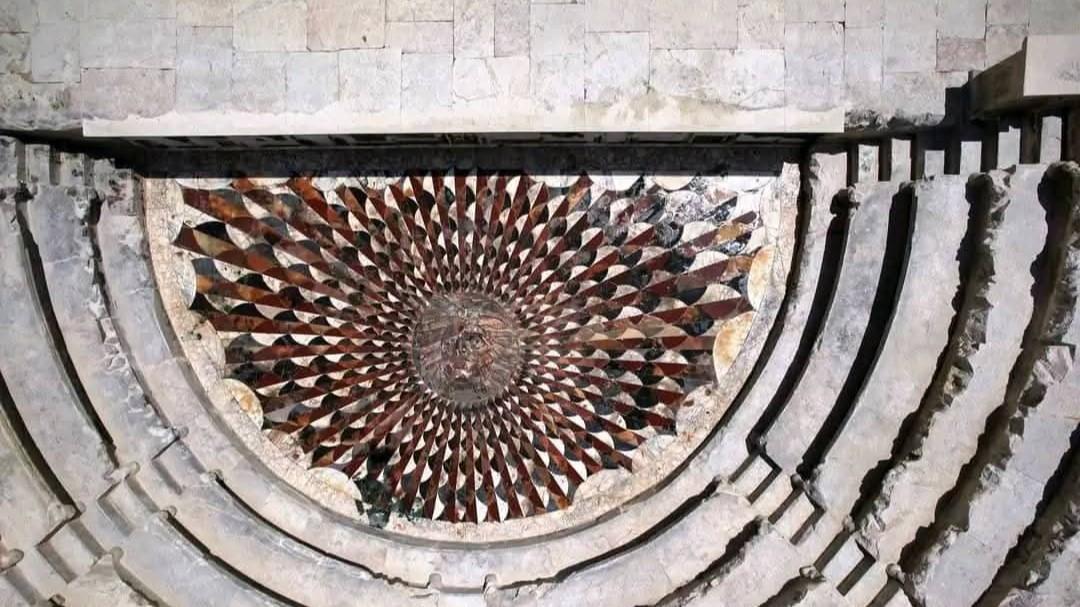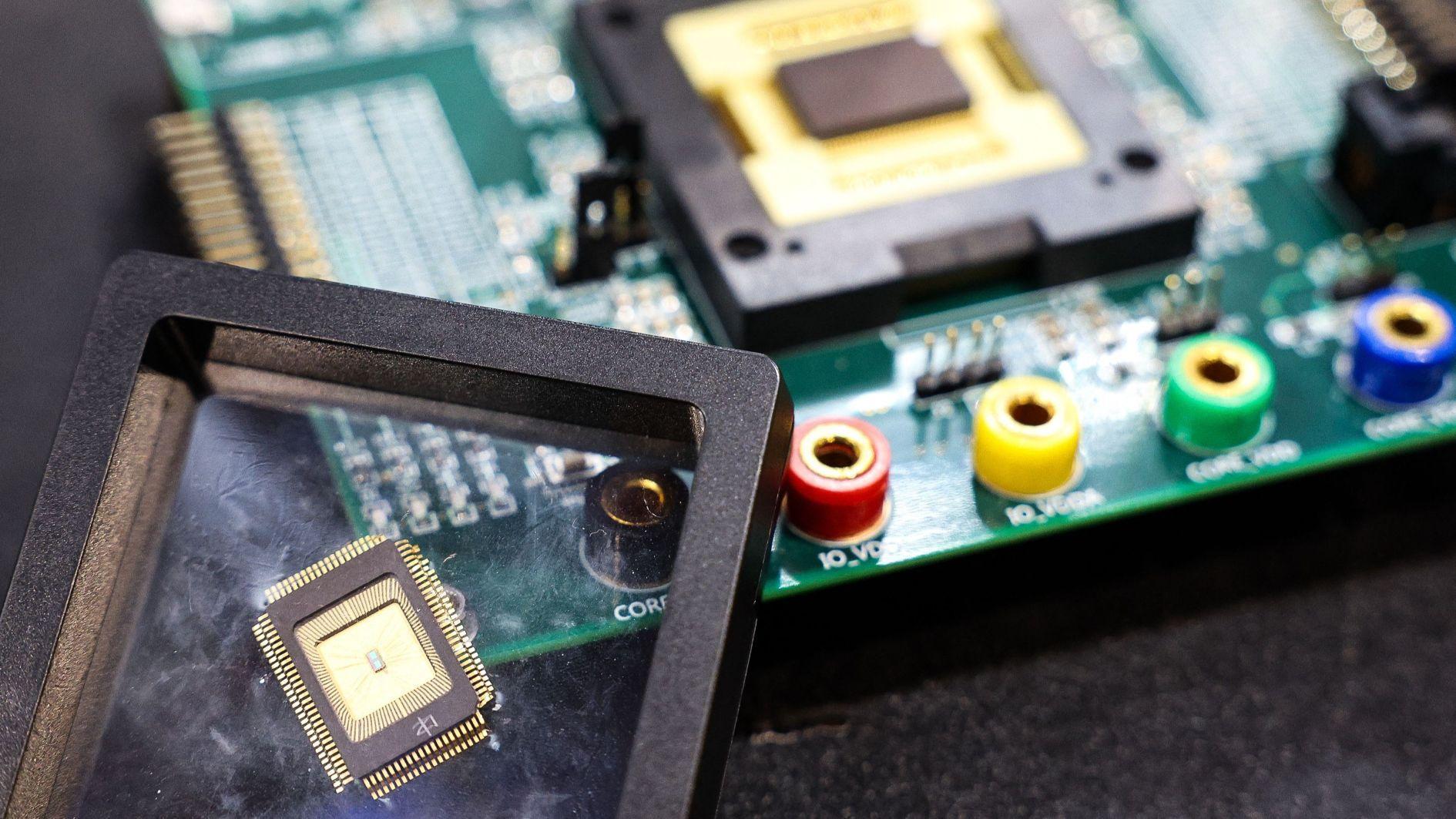Medusa Mosaic in Kibyra reopens
BURDUR

The Medusa mosaic in the ancient city of Kibyra in Burdur’s Gölhisar district was reopened to visitors as of April. Unearthed during excavations that began in 2009, the mosaic is considered a rare archaeological gem — 95 percent original and dating back to the early 1st century A.D.
Located at the center of the Odeon, which was a structure used for concerts, assemblies, court sessions and as a roofed theater, the Medusa mosaic is constructed from colored marble using the opus sectile technique. The image represents Medusa, the snake-haired mythological figure believed to turn evil onlookers to stone.
The mosaic, which is only found in Kibyra and nowhere else in the world, is covered during the winter months to protect it from harsh weather conditions. With the arrival of spring, it was once again unveiled to the public.
Professor Şükrü Özdoğru, head of the Kibyra excavations, announced on social media that both the Medusa mosaic and the Odeon Stoa floor mosaic are now open to visitors and will remain accessible until the end of November.
















